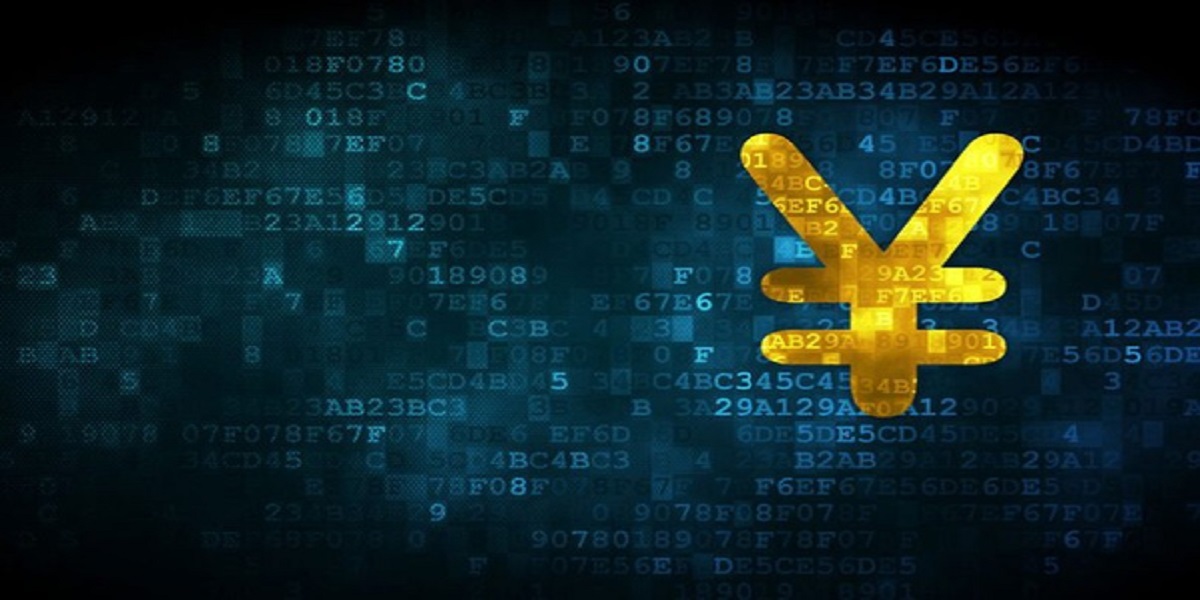Over 80 governments throughout the world (representing 90% of global GDP) are researching or experimenting with central bank digital currencies at the moment (CBDCs).
Only five nations had launched CBDCs as of July 2021. The Bahamas, Saint Kitts and Nevis, Antigua and Barbuda, Saint Lucia, and Grenada are all Caribbean island nations.
With its digital yuan, commonly known as the e-RMB or the Digital Currency, Electronic Payments, China has made the most progress toward becoming a fully-fledged CBDC of all major economies (DCEP).
CBDCs are digital currency managed by the government. In China’s case, the CBDC would be a digital counterpart of the yuan, the country’s currency (hence, e-RMB). CBDCs are comparable to stablecoins, which are tied to a fiat currency at a 1:1 ratio.
So the digital yuan is essentially the digital version of China’s physical currency: instead of carrying a physical banknote in your pocket, you digitally save the fiat in a mobile wallet. Each issued digital yuan token has the same unique identification as each real banknote printed by the central bank.
CBDCs, unlike cryptocurrencies, aren’t usually built on a decentralized blockchain since the central bank wants to keep control of the ledgers.
The digital yuan, which was first proposed in 2017, has been in the experimental stage since April 2020.
The People’s Bank of China (PBoC) began airdropping millions of digital yuan to citizens in October 2020 as part of a test of the technology—and to generate some excitement about it. In the summer of 2021, this is still going on.
The digital yuan is already accepted by a growing number of retailers around China, including Walmart.
According to the PBoC’s July 2021 progress report, the digital yuan was used in 70.75 million transactions by the end of June, with a total value of 34.5 billion yuan ($5 billion).
A huge roll-out during the Beijing 2022 Winter Olympics in February is next on the digital yuan’s plan. Foreign visitors will be included in the rollout.
Senators Cynthia Lummis (R-WY) and Marsha Blackburn (R-TN) and Roger Wicker (R-MS), all supporters of Bitcoin, have asked the United States Olympic and Paralympic Committee to prohibit athletes from using the digital yuan because it “may be used to surveil Chinese citizens and those visiting China on an unprecedented scale.”
The CCP employs digital payment platforms to surveil, threaten, & arrest Chinese citizens. I championed the effort alongside @SenatorWicker & @SenLummis to forbid American athletes from using the CCP's Digital Yuan during the Beijing Olympics @BrodyFord_ https://t.co/bnoU25ozUq
— Sen. Marsha Blackburn (@MarshaBlackburn) July 19, 2021
[embedpost slug=”bitcoin-prices-fall-tesla-and-square-are-counting-their-losses”]


